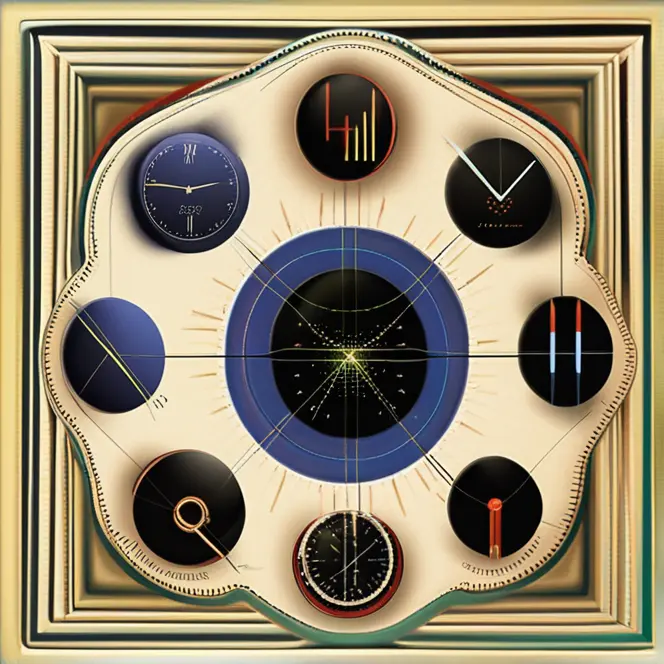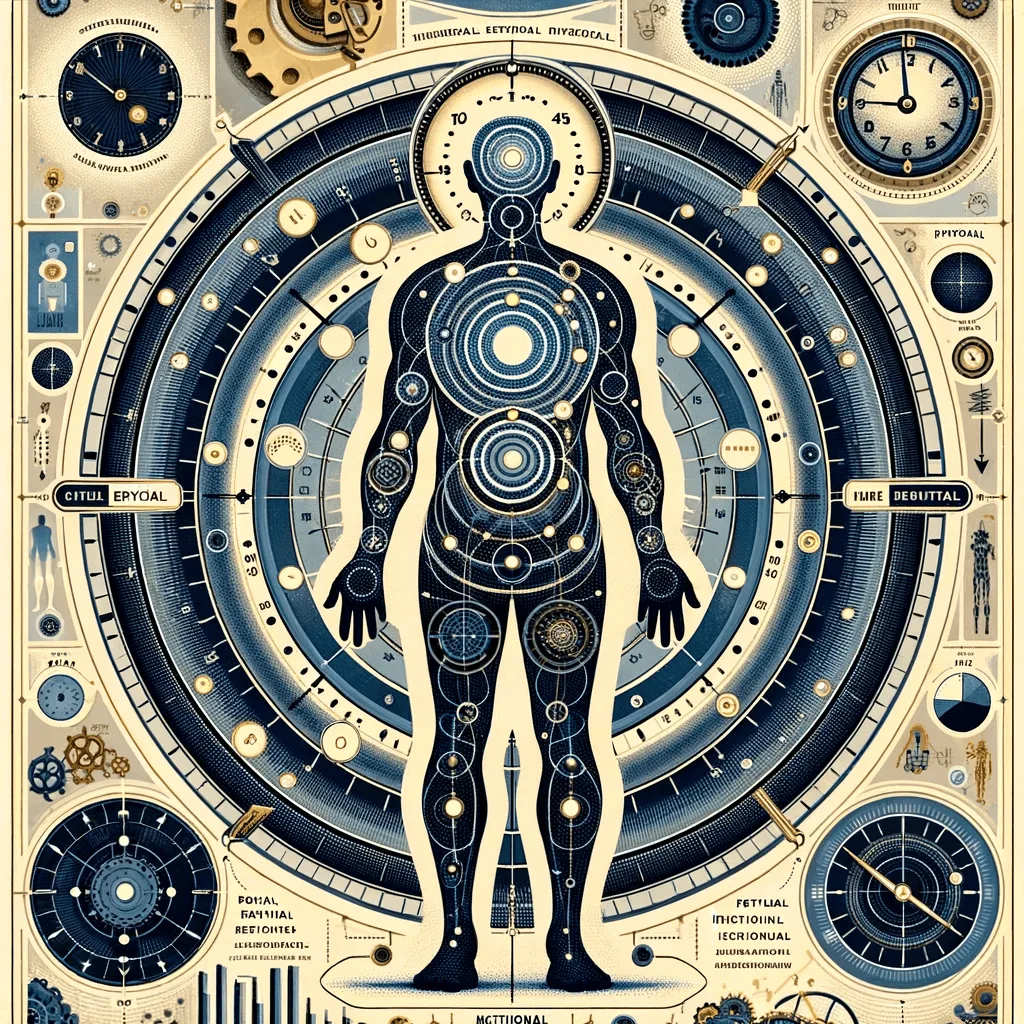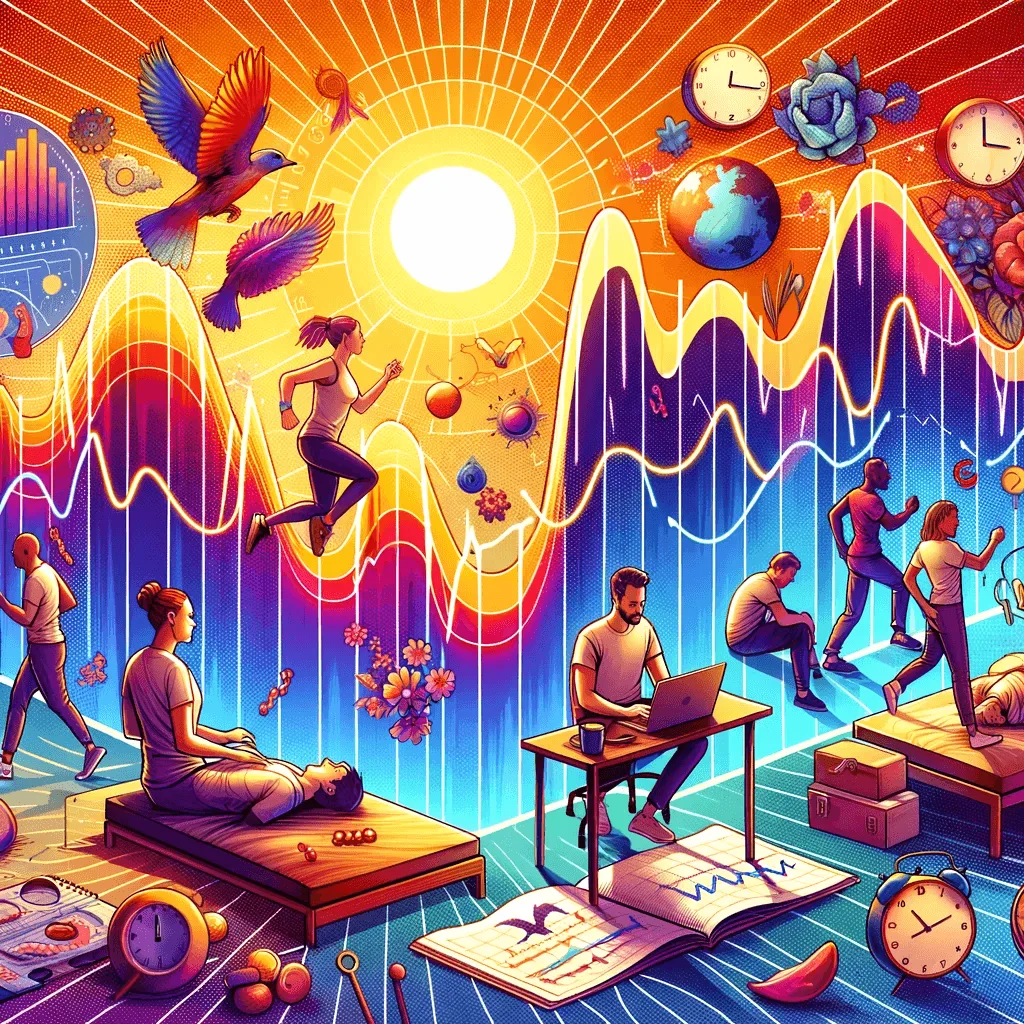
Biorhythms: Exploring Our Body Clocks
Delve into the world of biorhythms to uncover how our body’s natural cycles influence physical, emotional, and intellectual states.
article by Adrian Wallace
Biorhythms are the hypothetical cycles that suggest our daily lives are influenced by rhythmic biological patterns. The concept posits that three primary cycles—a physical, an emotional, and an intellectual rhythm—affect our well-being and performance. The theory of biorhythms traces back to the early 20th century, gaining popularity in the 1970s. Despite skepticism from the scientific community, many individuals continue to turn to biorhythms for insights into their personal lives.

The physical cycle, which lasts about 23 days, is believed to impact aspects such as strength, endurance, and physical dynamism. The emotional cycle, with a span of approximately 28 days, parallels the moon's cycle, supposedly reflecting mood swings, creativity, and emotional stability. Finally, the intellectual cycle—allegedly lasting 33 days—influences analytical thinking, learning ability, and communication. These cycles are thought to ebb and flow from high to low, with a day when the cycle crosses the midpoint carrying significant importance, known as a critical day.

The scientific community has largely critiqued biorhythms as lacking empirical support. Research has not conclusively found evidence that these cycles accurately predict physical, emotional, or intellectual states. Critics argue that any perceived accuracy is often due to the placebo effect or confirmation bias. However, proponents assert that while biorhythms may not be universally applicable, they can offer personal insights and help individuals tailor activities to their unique patterns.
Biorhythms are traditionally calculated using one's date of birth as the starting point, with each cycle calculated independently. There are numerous online calculators and mobile apps designed to help chart these cycles. Enthusiasts use this information to forecast their optimal days for various activities, from athletic competitions and exams to important meetings and social events.
While the efficacy of biorhythms remains debated, those who follow their personal cycles often claim enhanced self-awareness and a better understanding of their body's needs. By observing the highs and lows of their cycles, they attempt to plan endeavors when their biorhythms predict peak performance and to proceed with caution or rest during supposed low phases.

The concept of biorhythms invites curiosity and provides a unique lens through which people might view their life's patterns and rhythms. Despite lacking scientific endorsement, for some, biorhythms are a valuable component of their wellness and decision-making toolkit. As long as these beliefs are not used to replace medical advice or professional guidance, exploring biorhythms can be an intriguing and personal journey.
Published: 12/4/2023
Modified: 12/4/2023
More predictions
Come back here soon to learn more about yourself and your future


Decoding The Magic Of Biorhythms
Biorhythms, a captivating concept, emerged from the belief that our lives are deeply intertwined with rhythmic cycles.


Crunching The Numbers: The Calculation Of Biorhythms
Biorhythms, a concept that has captivated many, suggests our lives are steered by innate rhythmic cycles. But how exactly are these rhythms determined? The calculation of biorhythms is a blend of mathematics, time, and the human experience. Let's delve into the intricate process behind these fascinating cycles.


Biorhythms: Unlocking the Code of Biological Rhythms
Explore the fascinating world of biorhythms and how they influence our physical, emotional, and intellectual states throughout life.